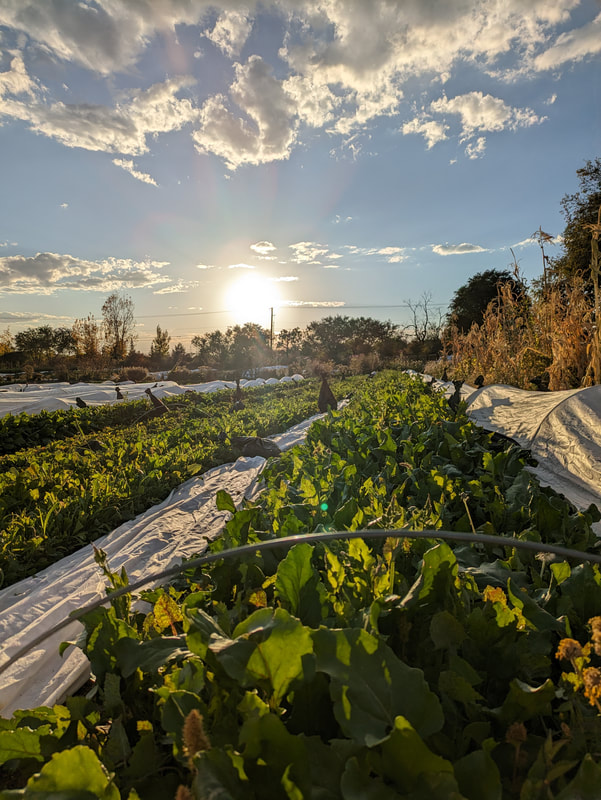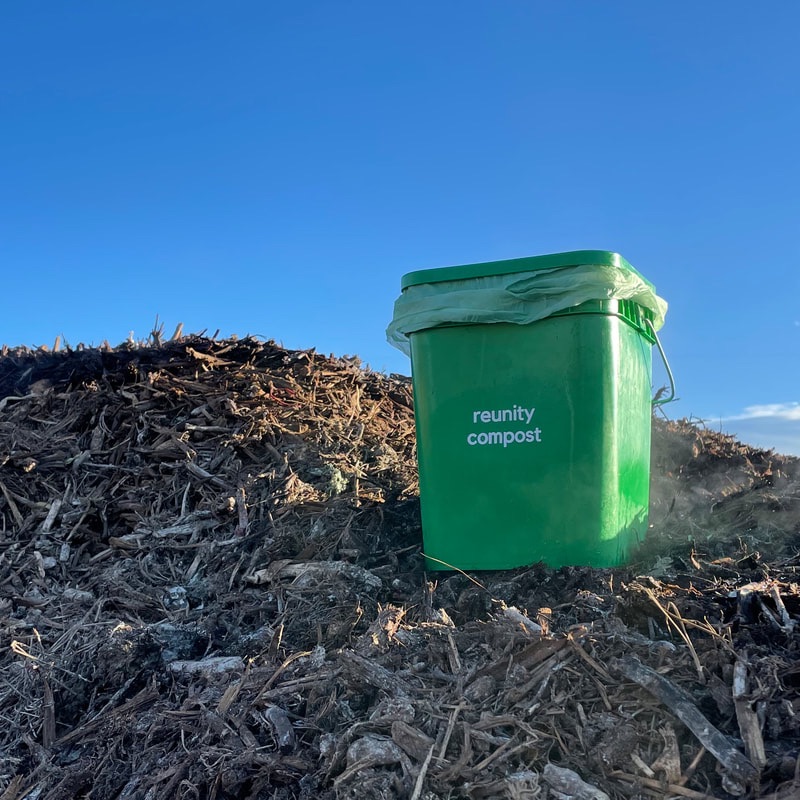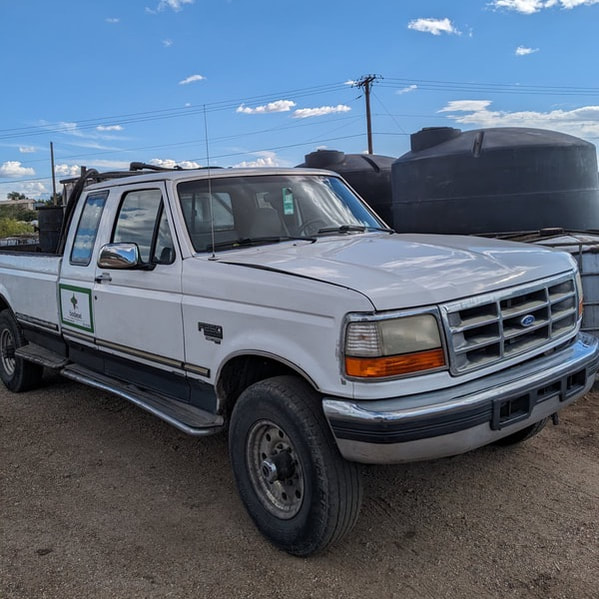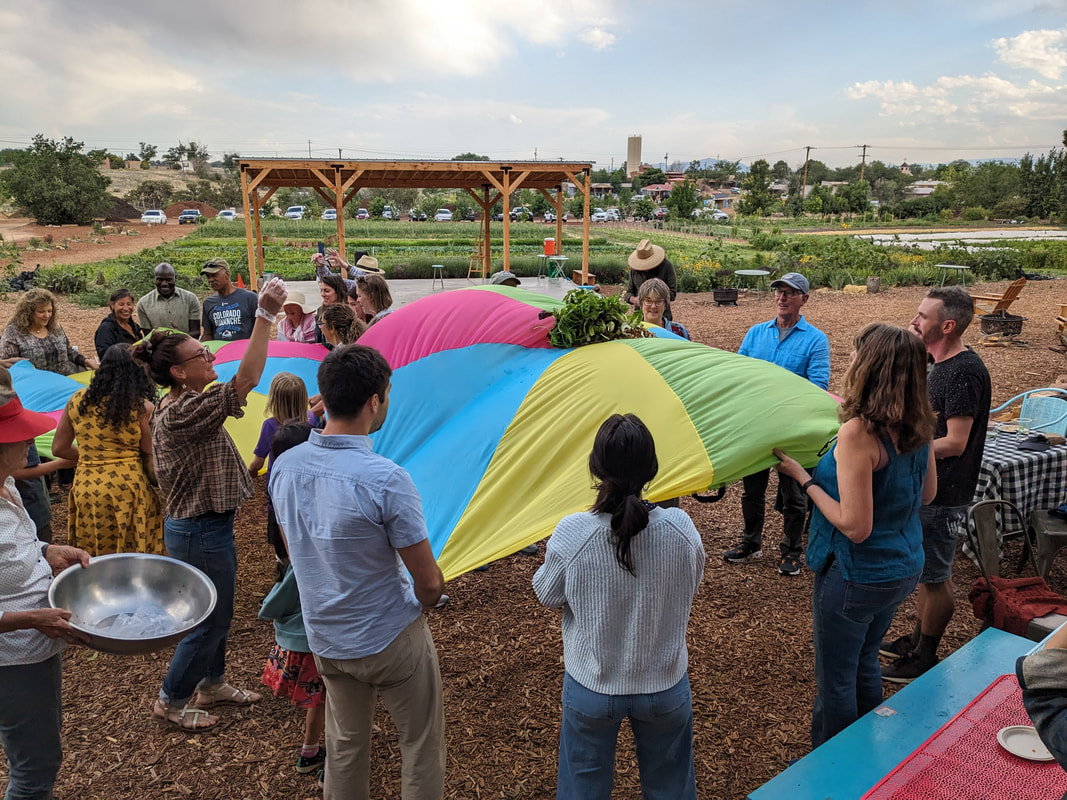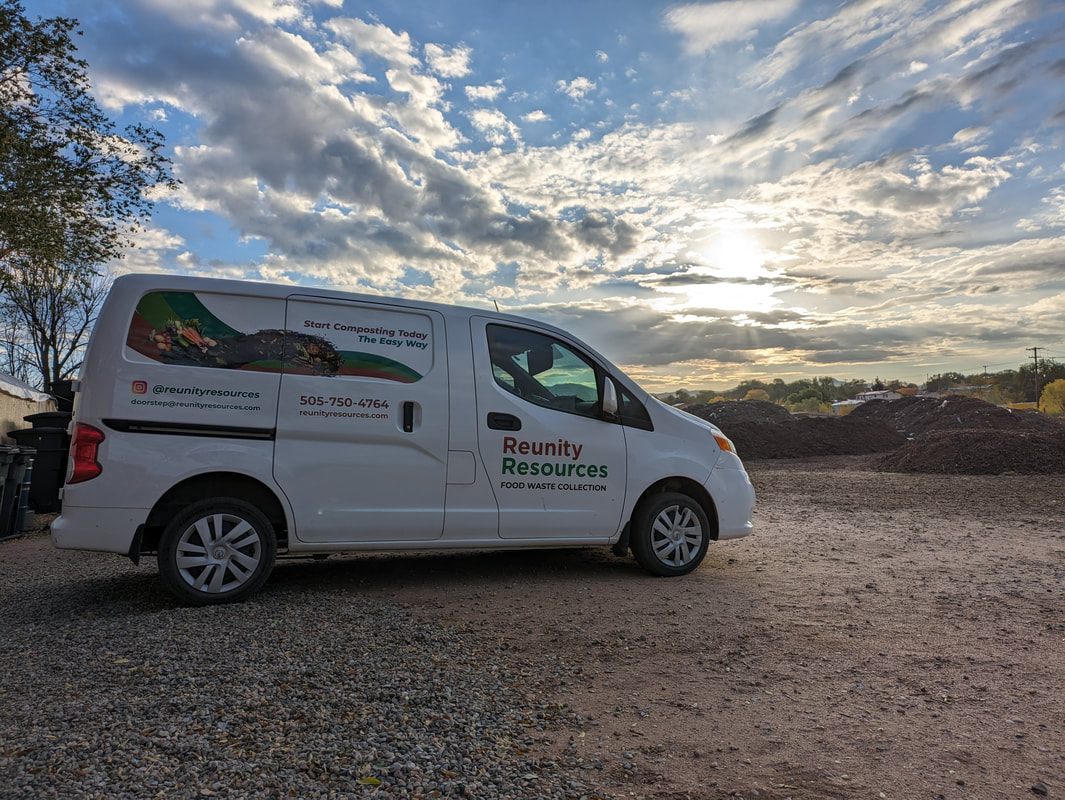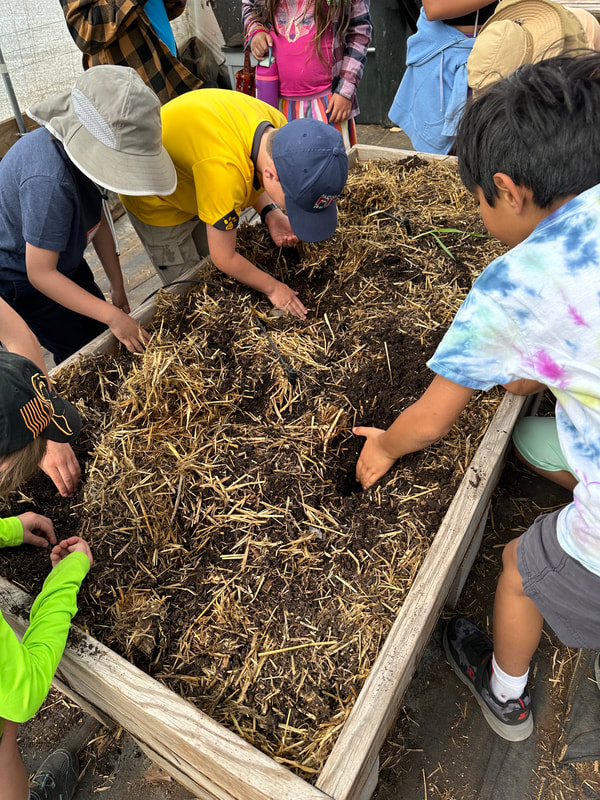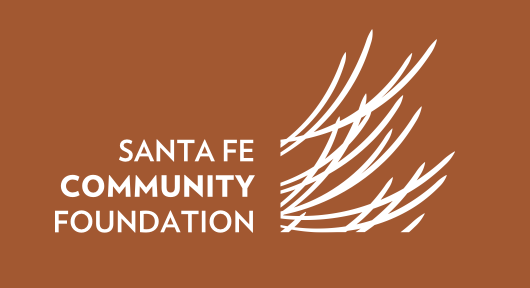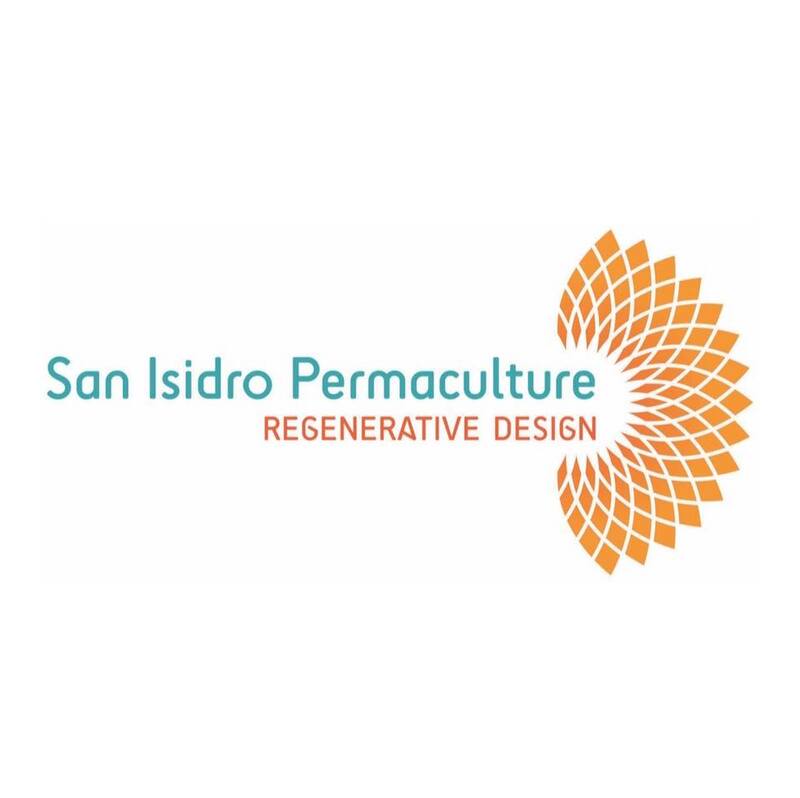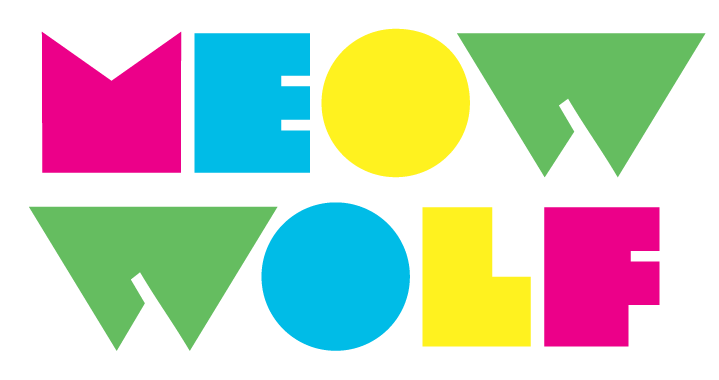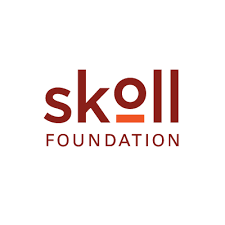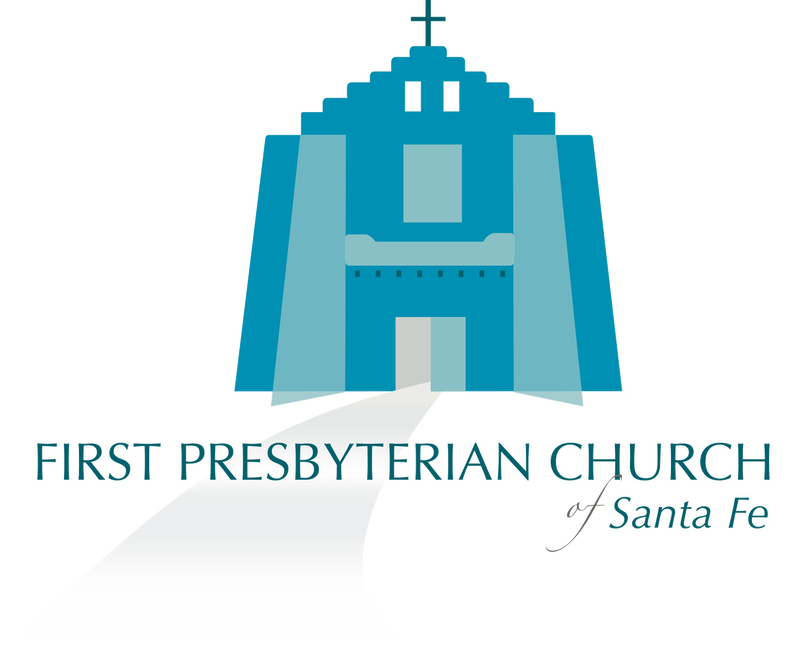About Us
Reunity Resources was founded with the knowledge that community-scale change is necessary for continued climate resilience. We create effective closed-loop systems that allow our community to participate in active solutions. We further these practices through environmental education, community engagement, and local food systems advocacy to sow seeds for broader scale participation in and replication of these principles.
|
Reunity Resources Programs:
|
2023 Annual Report
| final_annual_report_2023_-_reunity_resources.pdf | |
| File Size: | 112716 kb |
| File Type: | |
Our Story
|
Founded in 2011, with the intention to create closed-loop systems that turn waste into value, Reunity has grown over the past decade to complete a circle of sustainable practices. While no circle has a beginning or end, the core loop of our 501(c)(3) nonprofit is to collect food waste from both residential and commercial sources, turn that waste into beneficial compost and soil amendments at our Soil Yard, and grow food on our two acre regenerative Farm to fuel food access programs, all of this creating a hub for learning.
The roots of all our work are: climate change resiliency, food access, environmental education and community. Reunity began in 2011 as a small Biodiesel Program, upcycling used cooking oil, expanding in 2014 to add the Commercial Food Waste Collection program to collect food scraps from local restaurants. Next, in 2015, we leased a non-arable acre of land from the Santa Fe Community Farm, utilizing an aerated static pile system to compost in what became our Soil Yard. In 2018, with the passing of its founder, the Santa Fe Community Farm closed its doors, and Reunity Resources officially stepped in to steward the land in 2019. Reunity Farm was born, on land that holds thousands of years of agricultural history, growing food regeneratively and making it available to those in need through donations with partner organization, farm-to-family meal donations and our 24/7 access Community Fridge. We also opened our Farm Stand, where to this day, we are a food-access point in our neighborhood, selling goods from the farm and other local growers and producers, also providing fresh food access here by accepting WIC, Fresh RX, Senior FMNP. |
|
In response to the 2020 pandemic, we immediately increased our food-for-donation plans and began collaborations to provide both fresh produce and ready-to-eat meals to families in need through this emergency. With all safety protocols in place, the farm became a safe, outdoor place for people to get their food and to connect amidst deep isolation. We began to serve farm-fresh meals and host local musicians and speakers, the land and our food source being a great connector during these trying times.
In that same year, Doorstep residential Food Waste Collection was launched, growing to over 550+ households in the greater Santa Fe area at the present time. We partner with Santa Fe County sustainability to install backyard composting systems for residents, and partner with Quivira Coalition to train other farmers and ranchers to compost in their areas. Building capacity for waste diversion and healthy soils across the desert southwest is critical to our shared climate resiliency and food sovereignty. Furthering our emphasis on community connection and environmental education, we returned to our free field trips for public school classrooms and launched a summer Farm Camp that provides scholarships to over 40% of children attending. |
|
Now in 2024, these programs continue, and Reunity’s goal is to deepen our impact. The actions we’re taking are alignment of our on-farm curriculum with core curriculum competencies across grade levels in the state, and sharing this via NM PED, expanding our healthy soils technical assistance regionally through the Climate Smart Commodities program, again working with Quivira Coalition, and becoming a mid-level farm hub that supports farmers and eaters alike.
Our vision, in partnerships with neighbors, farmers and government leaders, is to establish a secure local food system here in Santa Fe. Effective, inclusive collaborations and shared infrastructure form the fundamental basis for this system. As such, we share greenhouse space and supplies, labor, land/field space, compost, wash station, certified kitchen, refrigeration, community gathering space, a sales outlet and food donation coordination with family farms, community organizations, government agencies, and students. All of this is only possible with the support, aid, and encouragement of so many amazing people just like you. We are so very grateful for everyone who has helped us along this incredible journey. Now, in 2024, we look forward to bright new things ahead, continuing to cultivate sustainability, environmental education and food access in our community! |
Examples of our work include:
- Offering Double Up Food Bucks, WIC, Senior FMNP, and FreshRX food access programs at our farm stand
- Ongoing fresh food donations to families served by the SF Refugee Collaborative, SF Indigenous Center, SFPS Adelante, Many Mothers, and more
- Maintenance and stocking of a free 24/7 access no-questions-asked community fridge
- Serving on the Santa Fe Food Policy Council
- Working with Santa Fe County and community collectives to lease desertified land for collaborative land regeneration and young farmer training
- A detailed open-source compost systems manual written and published with Quivira Coalition
- Statewide compost trainings taught with the New Mexico Recycling Coalition
- Annual hands-on field trips to thousands of local students ranging from Pre-K to High School
Contribute
Reunity Resources is a 501(c)3 not for profit organization and your donations are tax-deductible to the full extent of the law. Your contribution to Reunity Resources allows our model of a sustainable food system to thrive.
Contribute to Reunity’s mission and continued impact via a tax-deductible donation.
Deepest gratitude for your support as we work toward equitable food systems together.
Reunity Resources is a 501(c)3 not for profit organization and your donations are tax-deductible to the full extent of the law.
Contribute to Reunity’s mission and continued impact via a tax-deductible donation.
Deepest gratitude for your support as we work toward equitable food systems together.
Reunity Resources is a 501(c)3 not for profit organization and your donations are tax-deductible to the full extent of the law.

